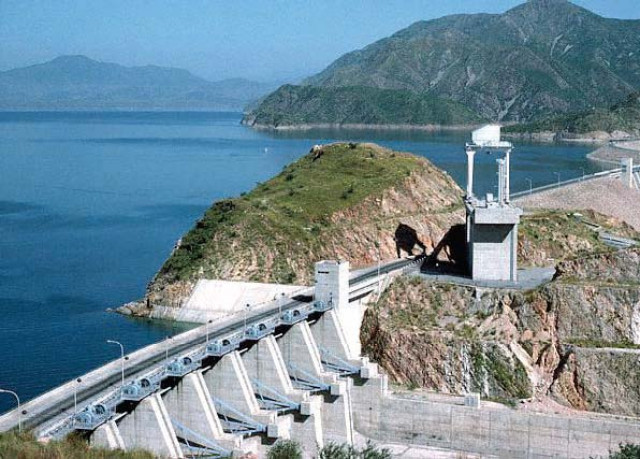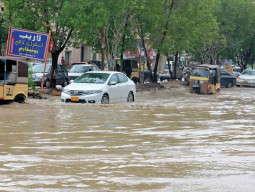
Sources told The Express Tribune that seven power plants had been shut down at Tarbela, which were generating 420 megawatts of electricity, due to the water loss.
The country’s total hydropower generation capacity is 6,444MW and Wapda generates 6,250MW in summer and 2,300MW in winter.
Some officials alleged that Wapda had released more water for producing electricity in a bid to overcome the energy crisis, causing a loss of 1.5 MAF of water and disturbing regulation of water releases by Irsa.
Sources feared that power generation at Tarbela, Chashma and Ghazi Barotha could fall by 50% in the next two days if water dropped to dead level in Tarbela Dam.
Irsa has released 25 MAF of water to provinces during the ongoing Rabi season by February 29. Punjab has received 15 MAF, Sindh 8.6 MAF, Balochistan 1 MAF and Khyber-Pakhtunkhwa 0.4 MAF.
To finalise a plan for water releases in the upcoming Kharif sowing season, which runs from April to September, Irsa will hold a meeting of its technical committee on March 16 while the advisory committee will meet by the end of the month.
According to a statement issued by Irsa, the reservoirs touching dead levels in March is a normal phenomenon and does not have any negative impact on standing Rabi crops.
On Monday, water availability at Tarbela was about 35,000 cusecs and daily releases were about 24,000 cusecs, indicating that the dam may touch the dead level in two days.
Water at Tarbela stood at 1,383.90 feet on Monday against dead level of 1,378 feet and daily drop in level of about four feet.
However, about 22,000 cusecs and 6,600 cusecs of water flowed into Indus and Kabul rivers respectively on Monday, which would be available for distribution among provinces.
According to data, Mangla reservoir may touch the dead level in next seven to eight days. Water level stood at 1,071 feet against dead level of 1,040 feet and daily decline of about 5.5 feet.
However, inflows of 8,000 cusecs and 12,000 cusecs in Jhelum and Chenab rivers respectively would be available for distribution.
In April, the first month of Kharif crop season, the country may face water shortage, but it is hoped that with the increase in temperature the inflows in rivers will increase significantly and the situation will stabilise.
Published in The Express Tribune, March 6th, 2012.




















COMMENTS
Comments are moderated and generally will be posted if they are on-topic and not abusive.
For more information, please see our Comments FAQ